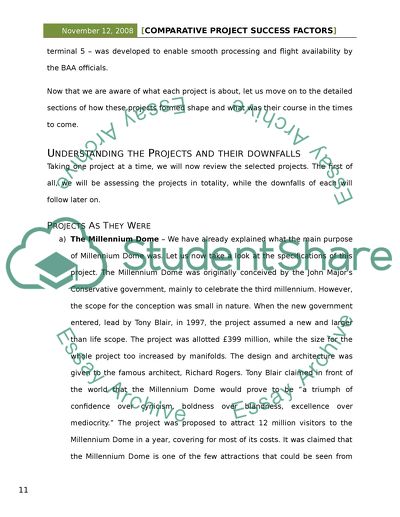Cite this document
(“Comparative project success factors - 2550 words Essay”, n.d.)
Comparative project success factors - 2550 words Essay. Retrieved from https://studentshare.org/miscellaneous/1549531-comparative-project-success-factors-2550-words
Comparative project success factors - 2550 words Essay. Retrieved from https://studentshare.org/miscellaneous/1549531-comparative-project-success-factors-2550-words
(Comparative Project Success Factors - 2550 Words Essay)
Comparative Project Success Factors - 2550 Words Essay. https://studentshare.org/miscellaneous/1549531-comparative-project-success-factors-2550-words.
Comparative Project Success Factors - 2550 Words Essay. https://studentshare.org/miscellaneous/1549531-comparative-project-success-factors-2550-words.
“Comparative Project Success Factors - 2550 Words Essay”, n.d. https://studentshare.org/miscellaneous/1549531-comparative-project-success-factors-2550-words.


